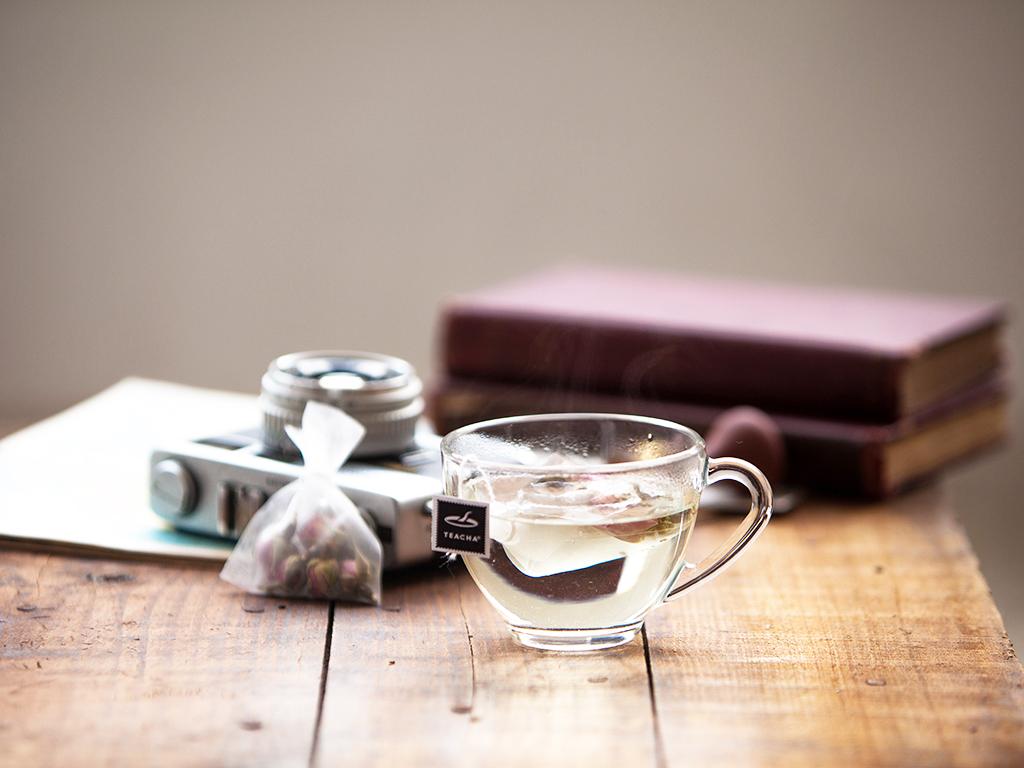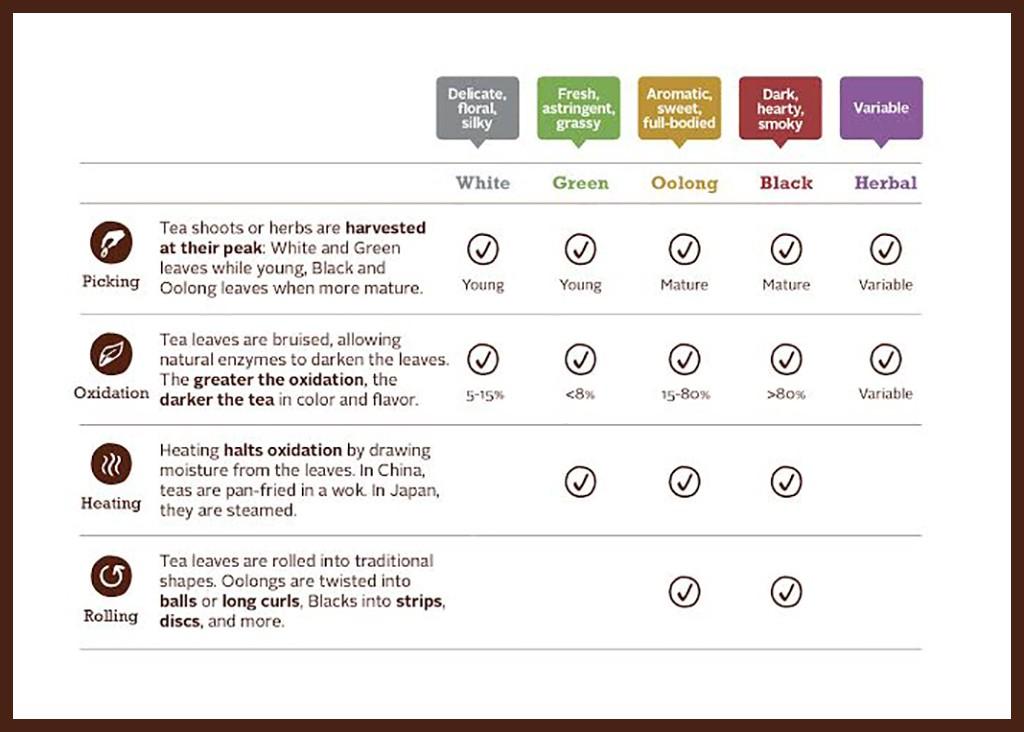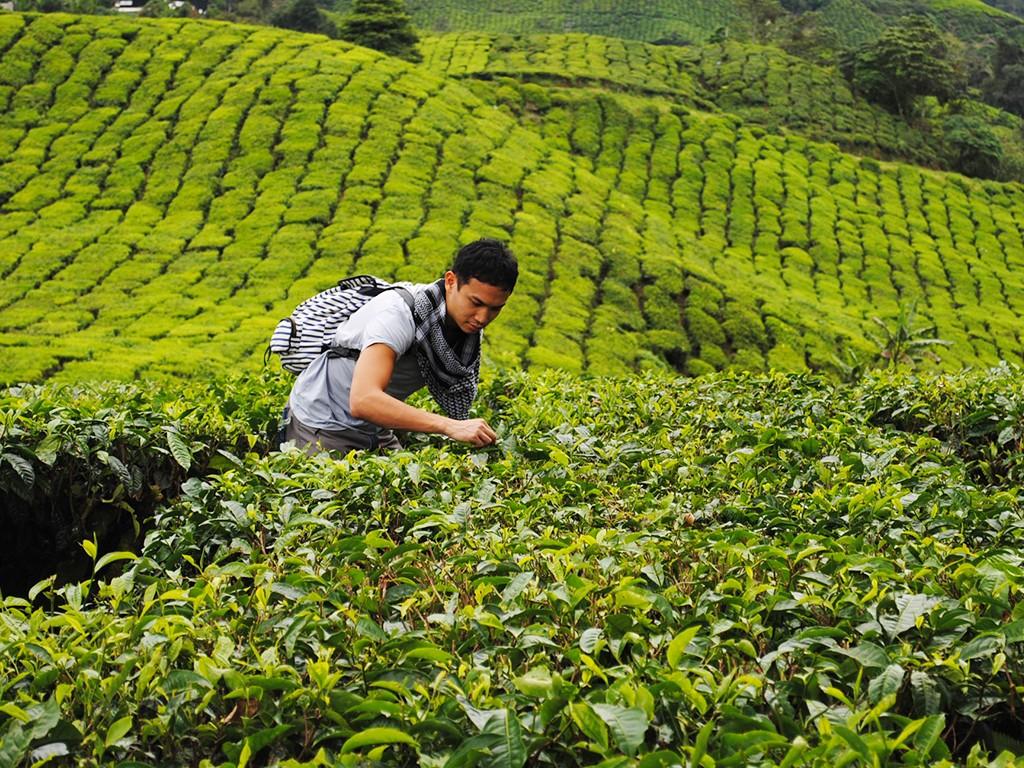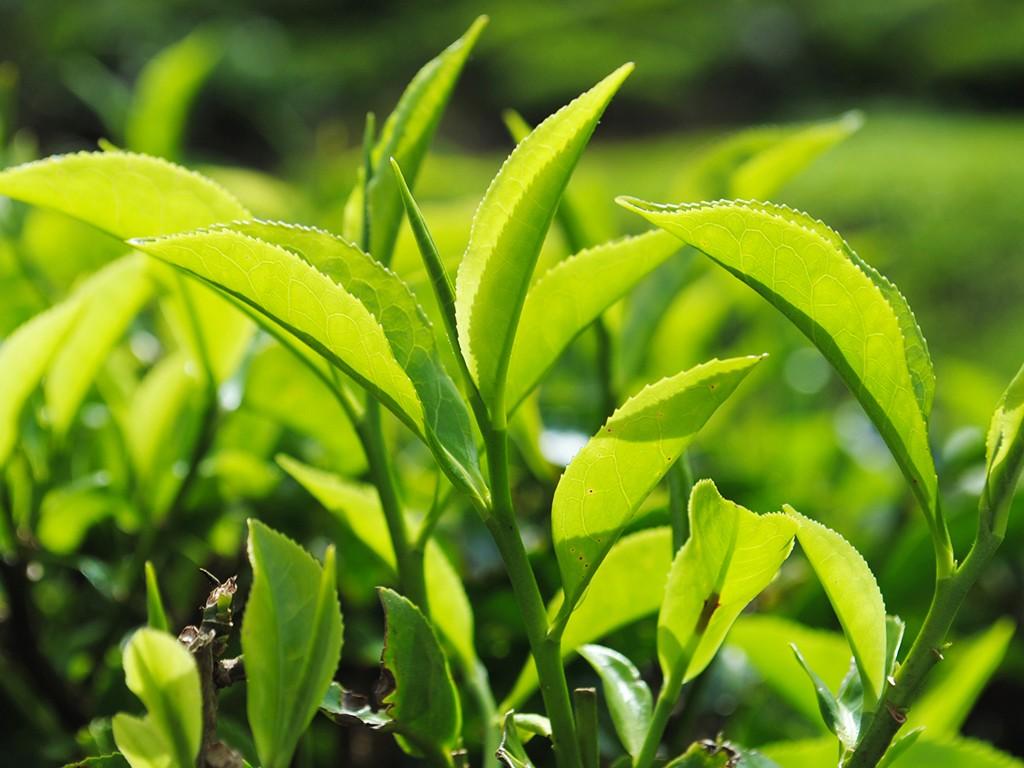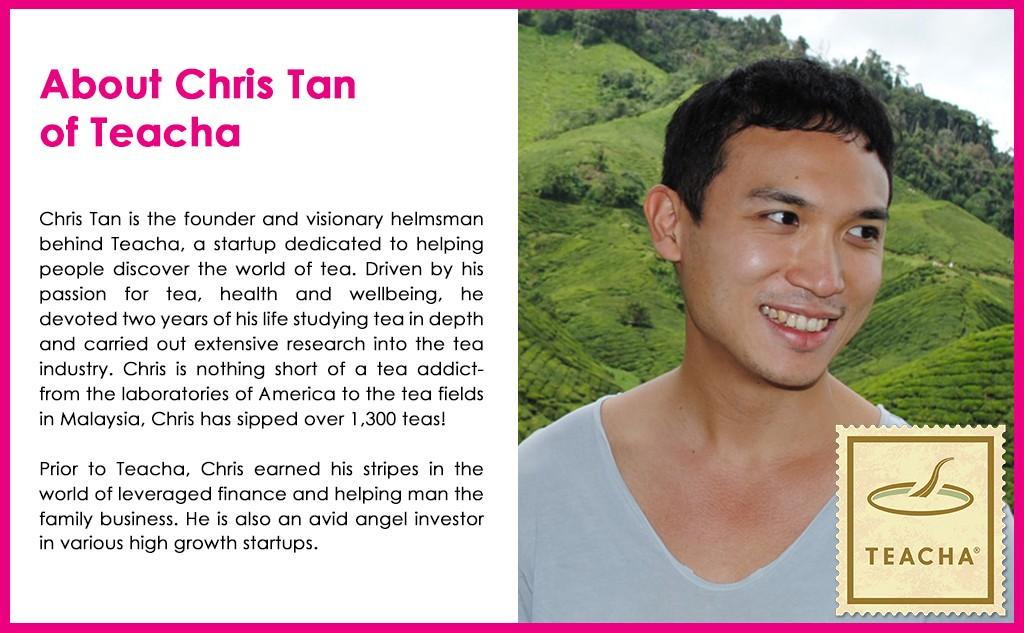3 Mins Read
There is no way to live a healthier life without some form of tea being a part of it. But how much do most of us really know about tea? Here to introduce us to the subtleties of the world of tea is Chris Tan, tea fanatic and founder of Teacha, a startup devoted to helping people discover the magical, complex and age-old traditions of tea. Below he details the six elements that you need to consider when it comes to tea.
1. For Flavor, Start with Family
Flavor is make or break, so when identifying your tea addiction, start with the tea family. Is it a black, oolong, white, green, or herbal tea? Tea family is determined by two things:
- Primary ingredient: the tea leaf or another herbal component
- Tea-processing methods: centuries-old methods like drying, smoking, and shaping tea leaves
Family is the perfect place to start, since ingredients and processing methods determine flavor on a foundational level, as shown in the graphic below.
2. Hearty? Smooth? Look at Region
Where’s your tea from? The plant varieties most common to tea-making, Camellia sinensis var. sinensis and Camellia sinensis var. assamica, are native to China and India, respectively.
Though similar, the two varieties produce very different brews. Cultivated in the extreme humidity and heat of Assam, India, assamica’s larger leaves carry a darker, maltier flavor often used in hearty “breakfast” teas. The smaller, more delicate sinensis leaves, meanwhile, have been used in smoother Chinese black, green, and white teas for millennia.
3. Want a Boost? Get Antioxidants
Teas generally contain one (or both) of two antioxidants: catechins or theaflavins. Catechins are found in less-processed teas, such as greens (think Japanese Sencha). Theaflavins, meanwhile, are created when catechins are heated, so they are more common in higher-processed teas, such as blacks and pu’ers. Catechins have been scientifically linked to increased longevity, while theaflavins reduce blood cholesterol levels.
4. For Some Pep in Your Step, Check Caffeine
Teas with more processing, such as blacks and dark oolongs, generally make the best morning pick-me-ups. Caffeine-free herbals, such as rooibos- and fruit-based teas, are great evening soothers.
Be careful, though—just because a tea is marked herbal doesn’t mean it’s caffeine-free. Some herbal teas, such as South American maté, deliver a decent kick.
5. For Specific Health Goals, See Function
Aiming to lose a few pounds? Look for teas heavy in antioxidants and caffeine to speed metabolism, or mint to suppress appetite. Ginger and ginseng have even been shown to alleviate symptoms of diabetes and hyperglycemia.
How about a good detox? Look for herbal ingredients like fennel, parsley, and even cumin—each has been shown to flush toxins.
6. Want Perfect Preparation? Study Character
A tea’s character—its ideal preparation style—is heavily influenced by the country of its birth as well as the cultures that embrace it. Many Indian black teas, for example, are served in their homeland undiluted by other flavors, such as milk or lemon. Those same teas, however, can be enjoyed very differently elsewhere. In East Frisia, Germany, the residents famously pour an Assam-Darjeeling blend over rock sugar and then top with a spoonful of cream, creating a rich favorite vastly different from its Asian origins.
Enjoy exploring the six elements—and finding addictive teas along your way!


